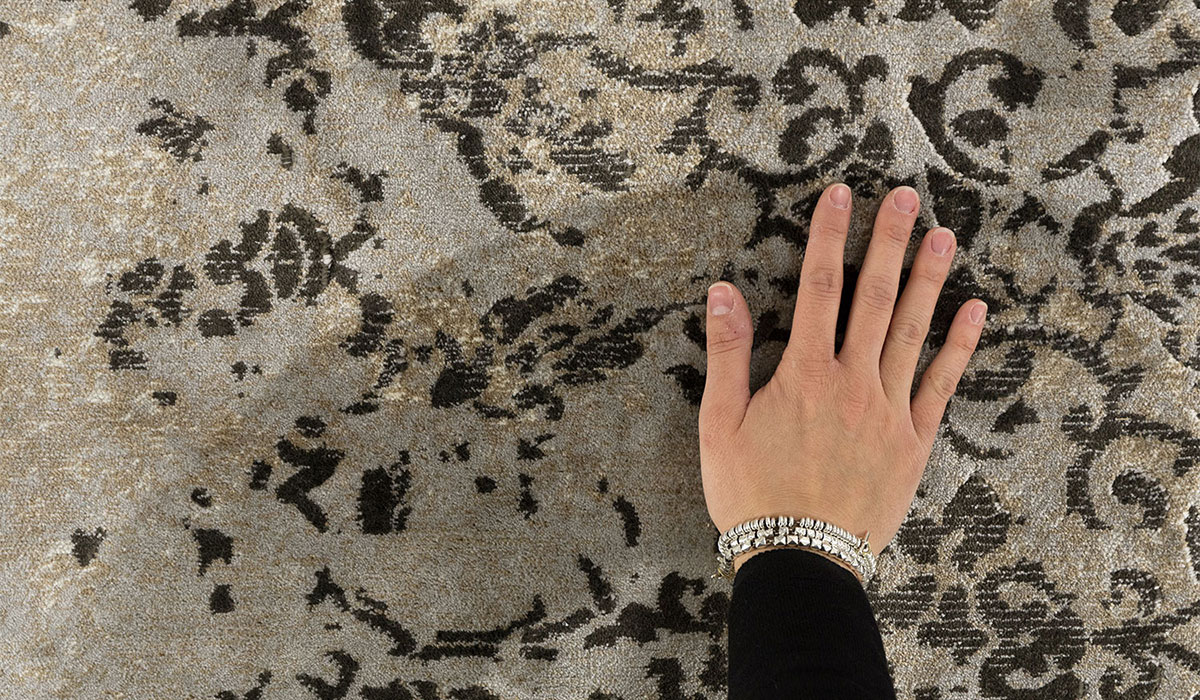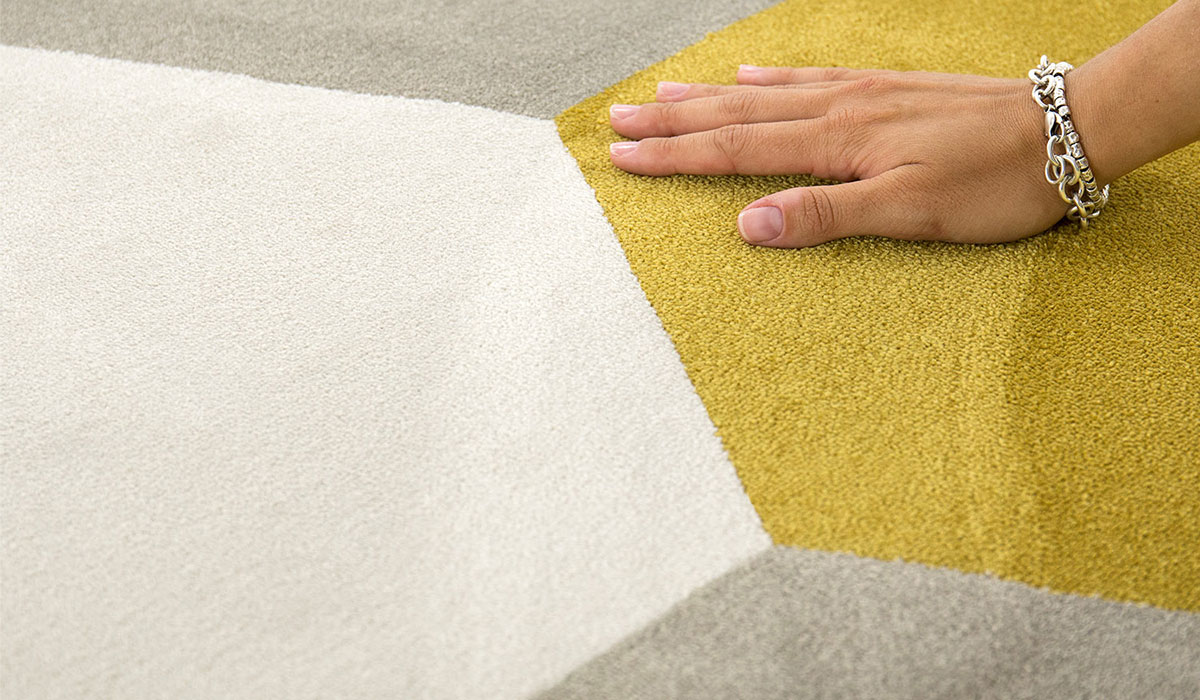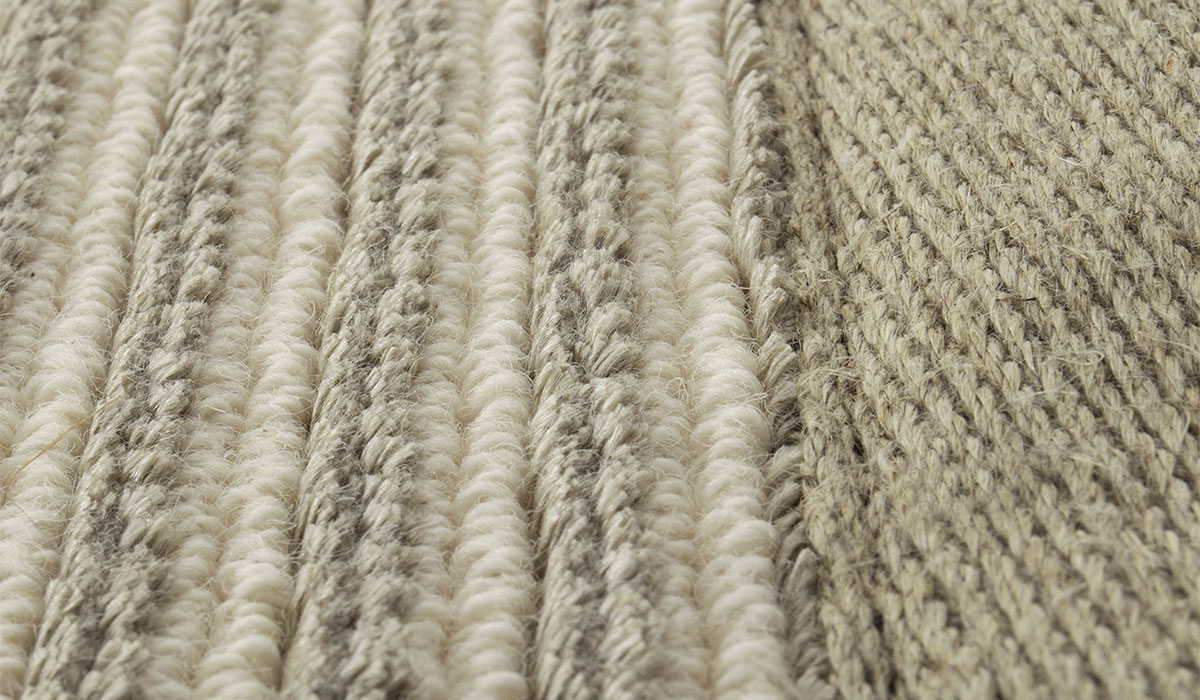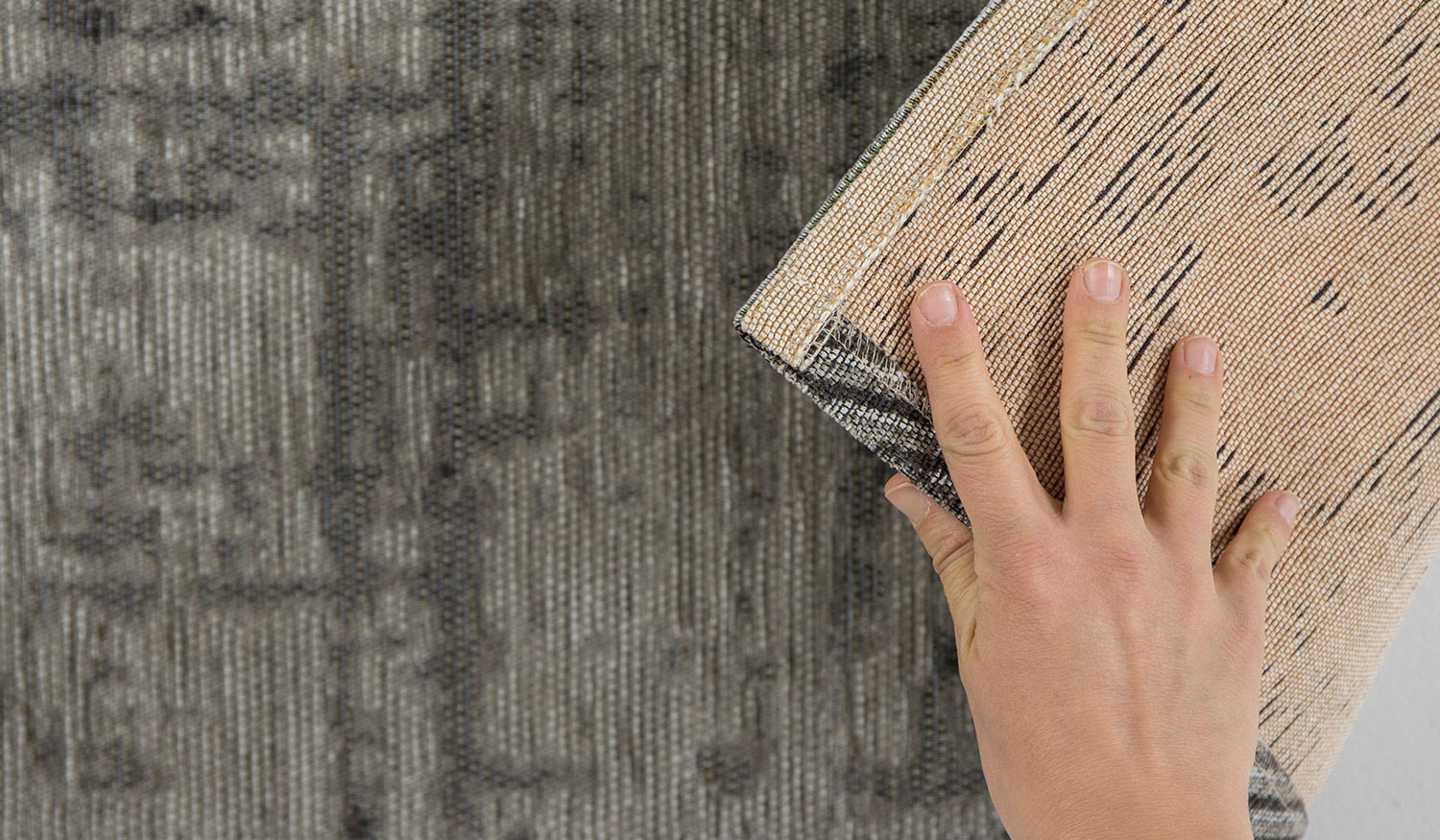Carpets are useful and versatile accessories that furnish and enhance the home and floor. They are designed to be placed on the floor which means they are subject to constant traffic and susceptable to dust and germs. Special care and cleaning methods are needed to keep them from becoming a breeding ground for dust mites and dirt and to maintain their appearance and colour.
How to clean carpets at home without ruining them?
In addition, it is recommended to observe the following:
- ● Clean your carpet daily to avoid the excessive accumulation of dust and dirt and thus maintain consistently high levels of cleanliness that are suitable for your health
- ● Use low-powered carpet cleaners, taking care to not damage the carpet fibres or pull threads and ruin any patterns or designs.
- ● Use neutral or low acid detergents by sprinkling them on a clean, white cloth without pouring or spraying them directly on the carpet.
- ● Use the detergent on a small area of the carpet to test the reaction of the cleaning agent on the material and colour.
- ● Remove stains immediately without rubbing but by dabbing.
- ● Do not use water-based cleaning and avoid placing the carpet in the washing machine.
- ● Never hang the carpet in an upright position, always keep it in a horizontal position.
How to clean a Natural Fibre Carpet
Natural fibres include materials such as cotton, velvet pile, jute, linen, hemp, sisal, abaca fibres and wool felt.
To remove dust, hair and crumbs, simply shake the carpet or use a vacuum cleaner, choosing a low-power appliance without rotating brushes and taking care not to pull on the threads. Protruding threads should be cut with scissors. For deeper cleaning, the surface can be sprinkled with baking soda, left for a few hours and then vacuumed. Baking soda helps to remove stains and odours and to sanitise the carpet from mites and germs.
In the case of spillage, it is advisable to act quickly by blotting the affected area, trying to absorb as much liquid as possible. Dab with a white cloth soaked in water and white wine vinegar and repeat the operation until the stain disappears. White wine vinegar brightens the colours of carpets and combats the spread of germs and mites. Be careful not to use a lot of liquid as the fibres of these carpets may become further stained or shrink.

Ho to clean a Synthetic Fibre Carpet
A white cloth soaked in vinegar and warm water can be used to clean the surface of the carpet. Dabbing the surface with revive the shine of the fibre. Be careful not to leave large amounts of water on the carpet as residual moisture between the fibres may cause mould.
To deep clean the carpet you can use a low pressure vacuum cleaner without rotating brushes, making sure not to damage the surface by tearing or pulling threads or weaves. In the case of spillage, it is advisable to blot the stain immediately without rubbing the area.
To remove coffee, tea, milk, chocolate, wine, grease, wax or ink stains, it is best to vacuum and then dab with a clean white cloth soaked in vinegar and warm water and left to dry.
To remove mud stains or dirt in general, it is necessary to first let the stain dry, then brush it out and dab with vinegar and lukewarm water and left to dry. In the case of a felt carpet, a solvent such as turpentine can be used.

How to clean a Wool Carpet
The term wool means a carpet made entirely of thiss material, 100% wool.
To clean the surface, simply use a soft brush. In the case of spillage, it is advisable to immediately blot the stain by applying heavy pressure to absorb as much of it as possible.
To remove coffee, tea, milk, chocolate, wine, grease, was or ink stains, it is best to vacuum and then dab with a clean white cloth soaked in vinegar and warm water and left to dry. To remove mud stains or dirt in general, it is necessary to first let the stain dry, then brush it and dab it with a cloth soaked in vinegar and lukewarm water and left to dry in a horizontal position.

How to clean an Acrylic Carpet
To remove dust, hair and crumbs, simply shake the carpet or use a vacuum cleaner, choosing a low-power appliance without rotating brushes and taking care not to pull on the threads. Protruding threads should be cut with scissors.
For deeper cleaning, the surface can be sprinkled with baking soda, left for a few hours and then vacuumed. Baking soda helps to remove stains and odours and to sanitise the carpet from mites and germs.
In the event of stains, it is recommended to use mild soap and water and dab or rub very gently.
Do not allow the carpet to come into contact with high heat sources as the material and fibres can be damaged.



